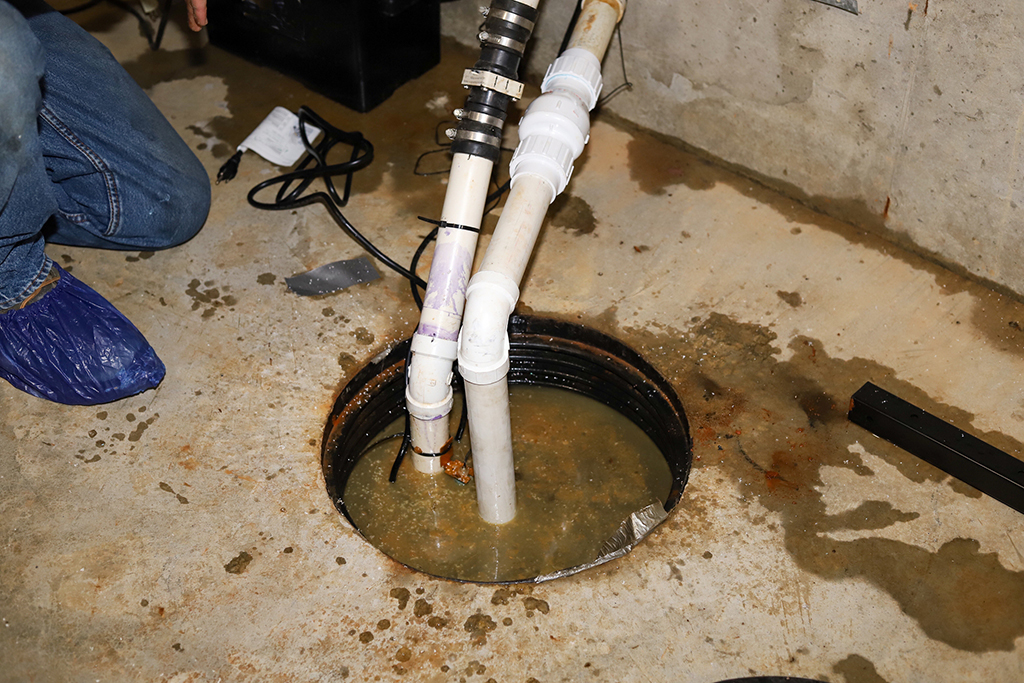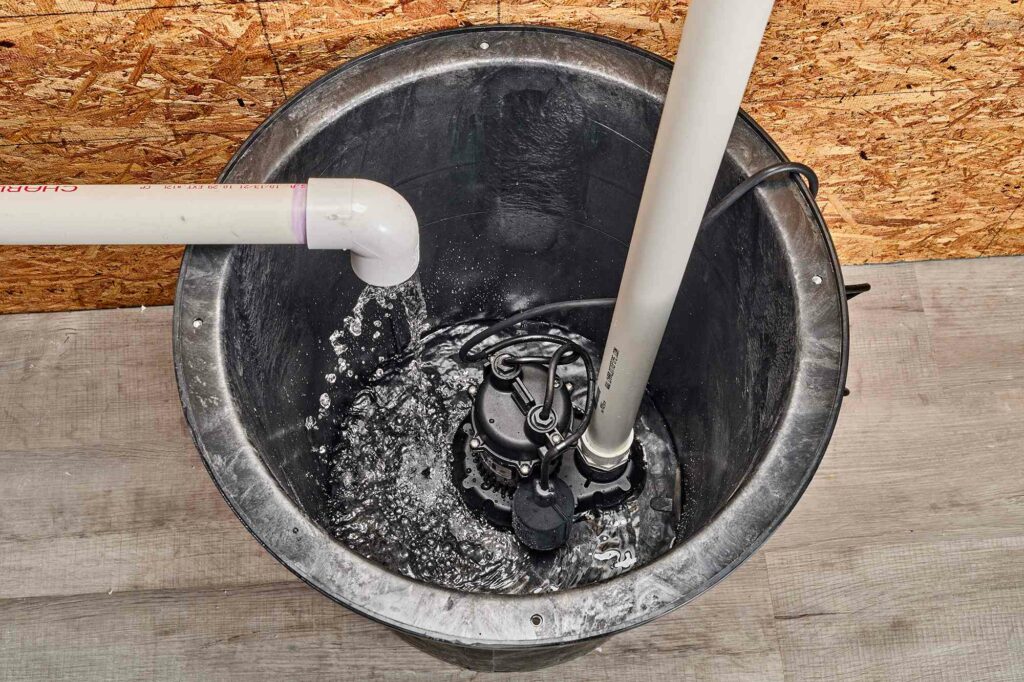How Does A Sump Pump Work?


(adsbygoogle = window.adsbygoogle || []).push({});
Table of Contents
Introduction: Linquip’s Guide to Sump Pump Functionality
Welcome to Linquip’s comprehensive guide on how a sump pump works. As a leading platform for connecting customers with industry professionals, Linquip aims to provide accurate and detailed information about various equipment and devices, including sump pumps. In this article, we’ll explore the functionality, components, and types of sump pumps, as well as provide maintenance tips to ensure optimal performance.
Understanding Sump Pumps
Sump pumps are essential for preventing basement flooding and water damage in residential, commercial, and industrial settings. They work by detecting and pumping out excess water that accumulates in a sump basin.
Components of a Sump Pump
To fully understand how a sump pump works, it’s important to know its key components:
- Sump Basin: A pit or hole, typically located in the basement or crawl space, designed to collect water.
- Pump: The device responsible for removing water from the basin.
- Float Switch: A mechanism that activates the pump when the water reaches a specific level.
- Check Valve: Prevents water from flowing back into the sump basin after it has been pumped out.
- Discharge Pipe: Transports the water from the basin to a safe location outside.
Types of Sump Pumps
There are two primary types of sump pumps:
- Submersible Sump Pump: Designed to be fully submerged in the sump basin, these pumps are quiet and efficient.
- Pedestal Sump Pump: Mounted on a pedestal, these pumps have a motor outside the basin, making them easier to maintain but louder during operation.
How a Sump Pump Works: The Step-by-Step Process
Here’s a detailed breakdown of how a sump pump operates:
- Water enters the sump basin through drainage systems, natural groundwater, or rainwater.
- The float switch rises with the water level, activating the pump once a certain threshold is reached.
- The pump turns on, drawing water through an inlet and into the impeller.
- The impeller spins, creating a centrifugal force that pushes the water through the discharge pipe.
- The check valve prevents water from flowing back into the basin.
- The pump continues to operate until the water level drops below the float switch, at which point it automatically turn off.
Maintenance Tips for Sump Pumps
To ensure the longevity and optimal performance of your sump pump, follow these maintenance tips:
- Regularly clean the sump basin to prevent debris from clogging the pump.
- Inspect the float switch for proper operation, ensuring it isn’t restricted or damaged.
- Check the discharge pipe for obstructions and proper water flow.
- Test the pump by pouring water into the basin and observing its operation.
- Schedule annual professional inspections and maintenance.
Choosing the Right Sump Pump for Your Needs
When selecting a sump pump, consider the following factors to ensure you make the best choice for your specific needs:
- Pump Capacity: Determine the appropriate pump capacity (measured in gallons per hour or GPH) based on the size of your basement or crawl space, potential water inflow, and the distance the water needs to be discharged.
- Material: Opt for a sump pump made from high-quality materials, such as cast iron or stainless steel, for increased durability and longevity.
- Backup System: Consider investing in a battery-powered backup sump pump to maintain operation during power outages and prevent basement flooding.
- Warranty: Choose a sump pump with a reliable warranty to protect your investment and ensure timely support for any issues that may arise.
- Noise Level: If you’re sensitive to noise, opt for a submersible sump pump as they tend to operate more quietly compared to pedestal sump pumps.
Common Sump Pump Problems and Troubleshooting
Despite proper maintenance, sump pumps may occasionally experience issues. Here are some common problems and potential solutions:
- Pump Doesn’t Turn On: Ensure the pump is plugged in and receiving power. If the issue persists, inspect the float switch for proper operation.
- Pump Runs Continuously: Check the float switch for obstruction or damage. If the problem continues, consult a professional to assess the pump capacity and potential water inflow issues.
- Pump Fails to Remove Water: Inspect the discharge pipe for blockages or freezing. If the issue isn’t resolved, the pump may be too small or damaged and may need to be replaced.
- Noisy Operation: Noise may be a result of a damaged impeller or a clogged pump. Clean the pump and inspect the impeller for damage. If the problem continues, consider replacing the pump.

Sump Pump (Reference: thespruce.com)
Working with Linquip for Sump Pump Solutions
As you navigate the world of sump pumps, Linquip is here to help. Our platform allows you to:
- Connect with industry professionals and experts who can assist you in selecting the right sump pump for your needs.
- Access valuable resources and educational materials to enhance your understanding of sump pumps and their maintenance.
- Request quotes and compare pricing from multiple service providers for sump pump installation, repair, and maintenance.
Trust Linquip as your go-to resource for all your sump pump needs, and experience the benefits of having a knowledgeable and reliable partner in the industry.
| Aspect | Information |
|---|---|
| Purpose | Prevents basement flooding and water damage by pumping excess water from a sump basin |
| Main Components | Sump basin, pump, float switch, check valve, discharge pipe |
| Types | Submersible sump pump, pedestal sump pump |
| Sump Pump Process | 1. Water enters the sump basin
2. Float switch activates the pump when water reaches a specific level 3. Pump draws water into the impeller 4. Impeller spins, pushing water through the discharge pipe 5. Check valve prevents water from flowing back into the basin 6. Pump operates until the water level drops below the float switch, then automatically turns off |
| Maintenance Tips | Clean sump basin, inspect float switch, check discharge pipe, test pump, schedule inspections |
Conclusion: Trust Linquip for Your Sump Pump Needs
Understanding how a sump pump works is crucial for proper maintenance and ensuring the protection of your property from water damage. With this comprehensive guide from Linquip, you now have a solid grasp of the components, types, and functionality of sump pumps. Remember, regular maintenance and professional inspections can significantly extend the life of your sump pump and prevent costly repairs.
For all your sump pump needs, trust Linquip as your go-to platform for connecting with industry experts, obtaining valuable information, and finding the right professionals to maintain and service your equipment. Our team is dedicated to providing top-notch resources to help you make informed decisions about the equipment in your home or business. Stay connected with Linquip for more insightful guides and expert advice on various devices and equipment.
Download PDF for How Does A Sump Pump Work?
You can download the PDF format of this post from the link provided here.
Buy Equipment or Ask for a Service
By using Linquip RFQ Service, you can expect to receive quotations from various suppliers across multiple industries and regions.
Click Here to Request a Quotation From Suppliers and Service Providers
Read More On Linquip
- What Is A Sump Pump and How Does It Work?
- How and When to Replace Your Sump Pump?
- 6 Type of Sump Pump and Which Are Better to Buy?
- 12 Parts of Sump Pump + Diagram
- Best Check Valve for Sump Pump: 9 of the Best Models
